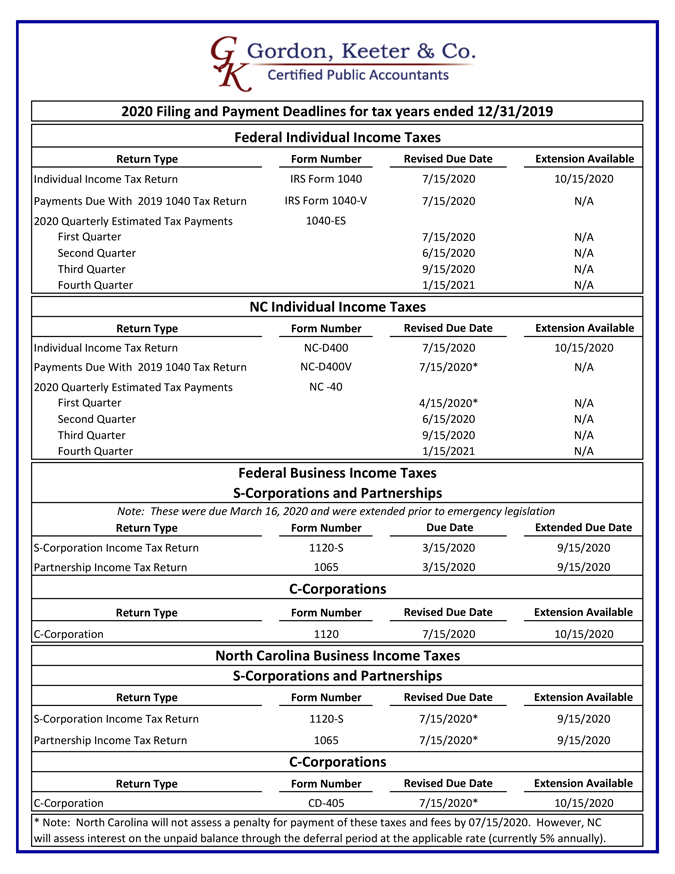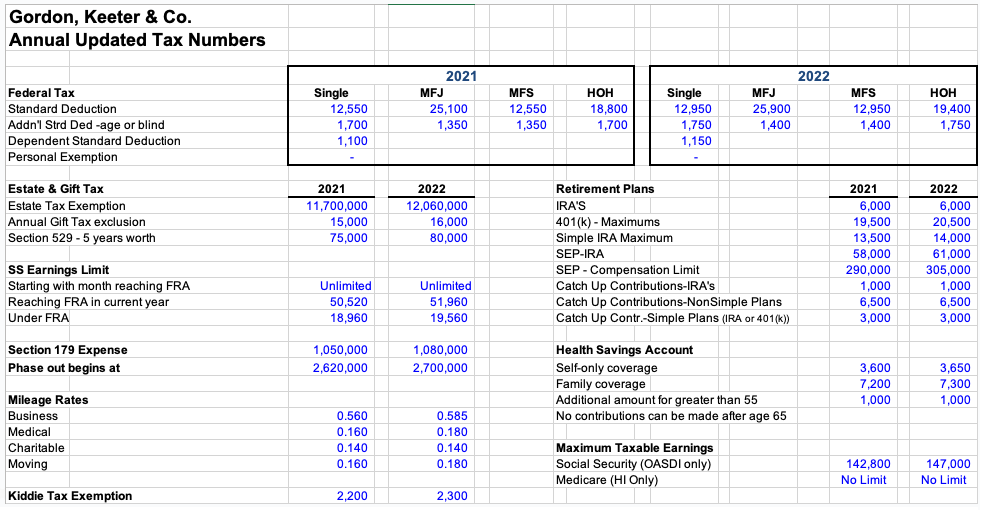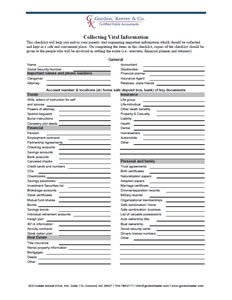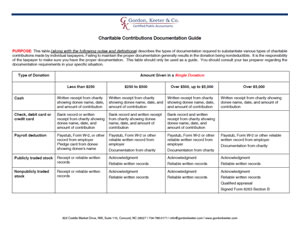Below are a list of useful links that contain articles, tools, and FAQ's relating to business and individual tax needs.
Entrepreneurs
Whether you’re starting a business, building the one you have, or stepping up to run a family business, you need a lot of information to help you make sound financial decisions. This link contains information pertaining to starting, operating, insuring, and selling a business and other useful benefits and retirement plan information.
Business Owner
This link has similar information as the entrepreneur’s link. However, this one is geared more towards established, incorporated businesses. Click here for more information related to insurance, retirement plans, business startup, selling a business, etc. It also has many calculators to help make better decisions.
Estate Planning
More than ever before, all of us need to take responsibility for saving for retirement. Whichever savings vehicles you choose—from 401 (k) plans to mutual funds to annuities—it’s never too early to begin preparing you for your retirement. This link contains information pertaining to investments, insurance, and retirement planning.
Protection Planning (Insurance)
Properly insuring your personal or business assets will allow you to pay premiums today, and allow peace of mind against future unexpected events. This link contains information pertaining to various individual and business insurance options and plans as well as annuities and retirement.
Life Crisis
Learn more about how to manage your finances during life’s difficult times. And start planning now so you’ll be prepared. Bankruptcy, long-term disability, unemployment, and death are just a few of the topics covered in this link.
Career
Money management should never get in the way of career advancement. Learn what you need to know to take advantage of a wide range of employer benefits, prepare for unexpected career changes and chart a clear path to job success.
Personal Finance
This link contains information related to home ownership, purchasing an auto, managing credit and debt, and other personal finance issues.
Education Planning
Next to buying a home, a college education is the largest expenditure most parents will ever make. The key to sending your child to college is advance planning. This link contains information pertaining to college savings options, financial aid, and 529 plans. Other tax savings and tuition credits are available in this link.
Retirement Planning
This link has similar information as the estate planning link. However, this one is geared more towards an individual or couple setting up and maintaining their retirement investments. Click here for information related to 401 k plans, IRAs, social security, health care issues, etc. It also has many savings and retirement related calculators to help with decision making.







